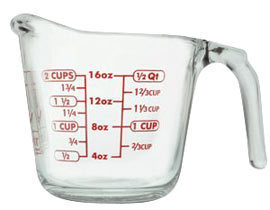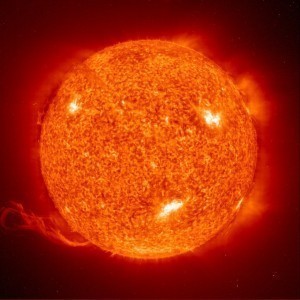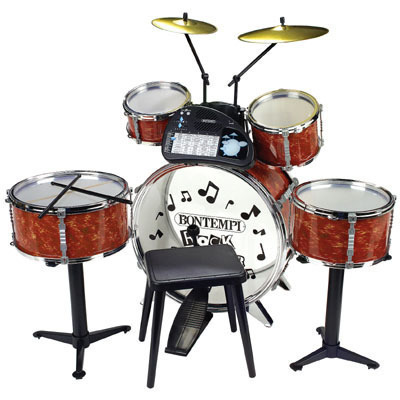How Many Ounces in a Pint
An ounce is a unit of mass that is abbreviated as 'oz', which comes from the  Italian 'onza' or 'oncia'. On the other hand a pint is a unit of volume used in both the US customary units and English units. At times one will have to convert or at least figure out just how many ounces are there in a pint, especially when you're at the kitchen cooking the next meal dealing with different food packaging.
Italian 'onza' or 'oncia'. On the other hand a pint is a unit of volume used in both the US customary units and English units. At times one will have to convert or at least figure out just how many ounces are there in a pint, especially when you're at the kitchen cooking the next meal dealing with different food packaging.
Defining the Unit
An ounce is roughly 28 grams but how it is actually defined is different from one system to the other. Its size and dimensions can vary from the imperial to the US customary system. The name comes from the Latin "uncia", which can be translated as a twelfth. This comes from the fact that the Roma libra or pound is divided into 12 unciae.
However, do take note that, historically speaking, this term and unit of measure meant almost the same thing only that it is expressed or represented in various systems of measurement. The different variants hail from different parts of the world including China and the Netherlands. There will be differences depending on the location and point in time when the said unit is defined.
Conversion
As you can see, when you start converting this unit to pint, you will get different amounts. The same factors will also come into play when you switch from one unit to the other depending on the system of measurement you intend to use. Using the English units, you get 20 imperial fluid ounces for every pint. This is roughly equivalent to 568 mL.
In contrast, you get only 16 US fluid ounces, or about 473 mL, as compared to the imperial version measurement. You will notice that the imperial or English unit is around 20% larger than the United States version. This simply means that one unit in US terms in liquid form is about 0.832 pint in the UK. At any rate, you get to use "pt" or "p" to represent or abbreviate the term whether you use the US or imperial units.
Easy Conversions
Conversions from one unit to the other, doing the math, while working your heart out in the kitchen is not going to work very well. The only exception to this chore is if you are exceptionally talented with numbers. Otherwise, the best option for the average kitchen buff is to have a conversion chart printed out that you can use as a reference. Another option is to go online and use an online converter. Just make sure you don't spill anything on your computer.





